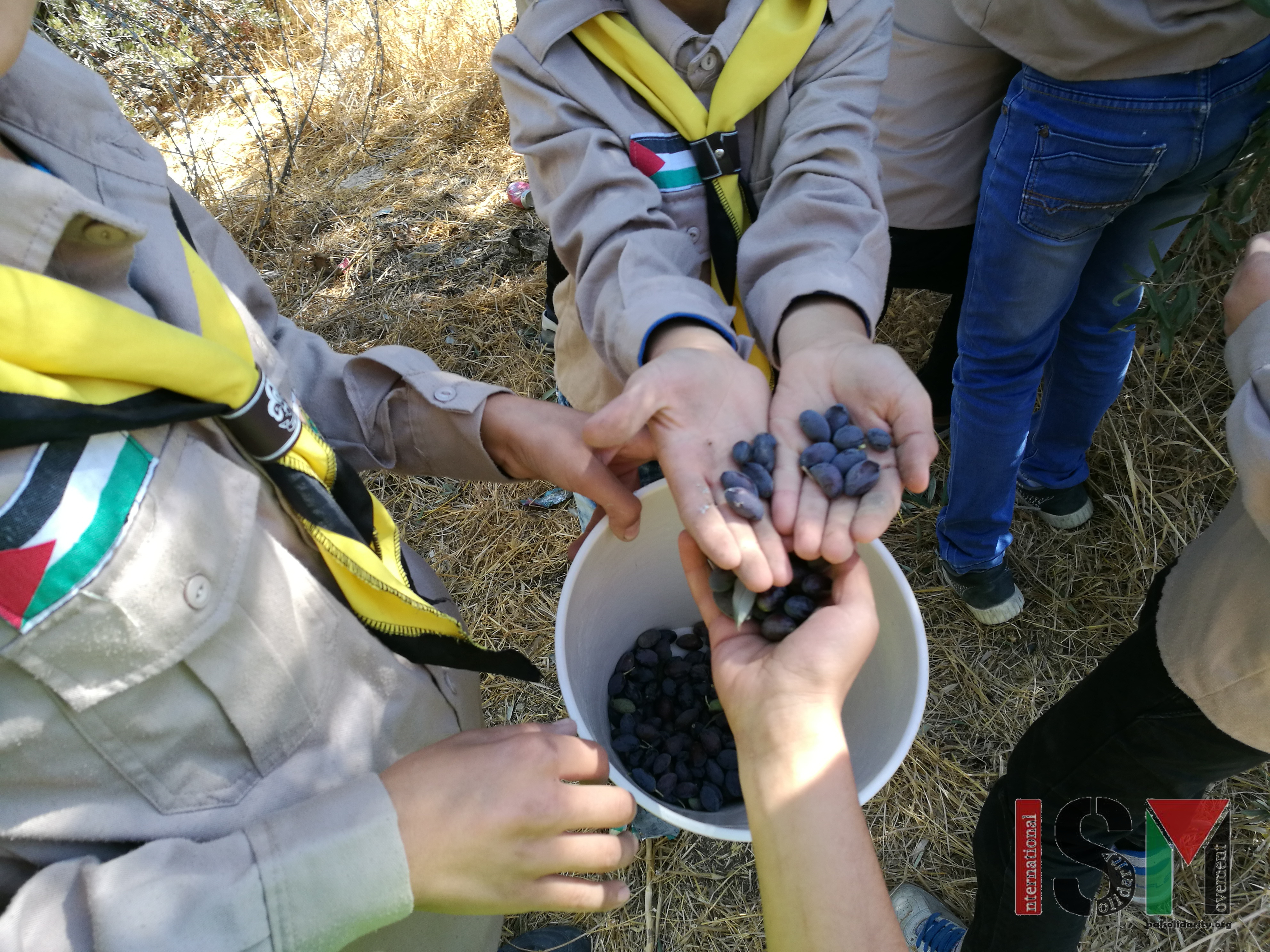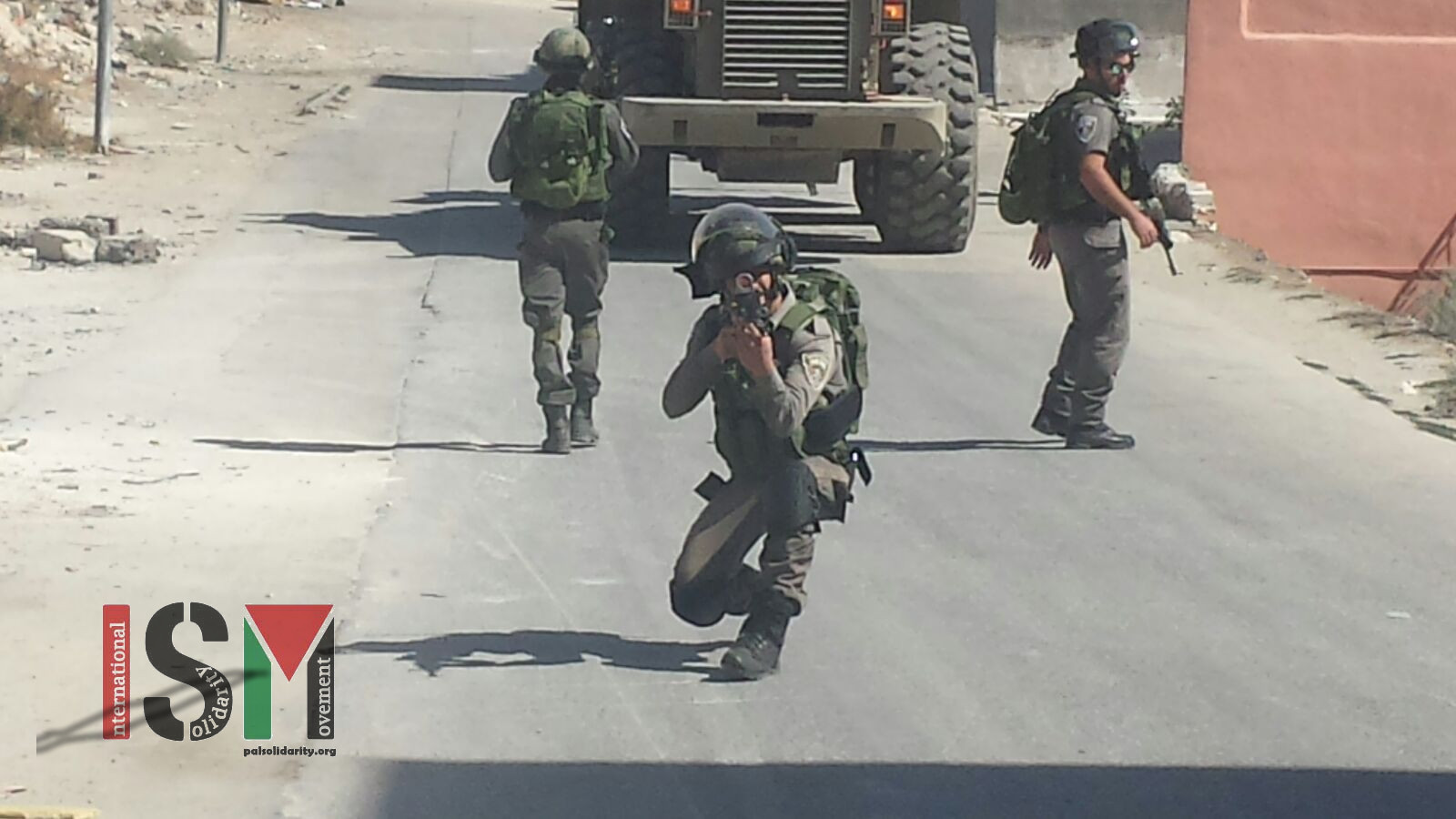Tag: Video
-
[Video] Notorious Israeli settler Anat Cohen harasses human rights activists
https://www.youtube.com/watch?v=lCCfHvCjA-M&feature=youtu.be
-
Settler attacks school-children and orders soldier to assist her
24th October 2016 | International Solidarity Movement, al-Khalil team | Hebron, occupied Palestine On Monday morning, infamous Israeli settler Anat Cohen attacked a group of school-children harvesting olives near their school in occupied al-Khalil (Hebron). She then ordered the soldier to not only evict the students and teachers from the area, but assist in her…
-
Roadblocks, stun grenades and settler aggression: another Jewish holiday in occupied al-Khalil
23rd October 2016 | International Solidarity Movement, al-Khalil team | Hebron, occupied Palestine The events of Tuesday the 18th of October began to unravel as my friend and I accompanied school children through an Israeli checkpoint (Salaymeh) as they made their way home that afternoon. On our return journey from the school we noticed a…


